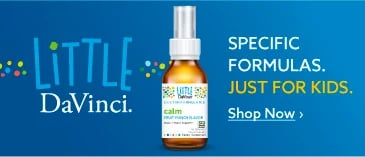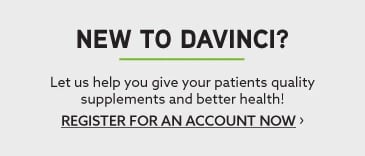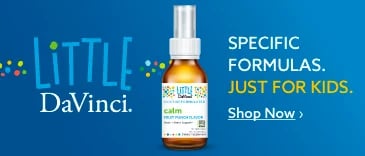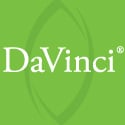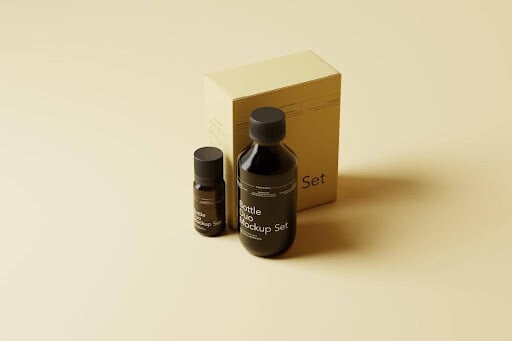
Design matters. Your visual identity should differentiate your label, attract customers, and foster loyalty and trust over the long term. This guide walks you through the five essential steps to designing private label supplements.
There are many benefits of private labeling in the supplement industry, including the ability to boost profits and elevate your brand. Maximize these gains with high-impact, thoughtful branding.
Here's how to launch your line in style with private label package design.
Why Is Visual Identity Important?
Visual identity is more than just your logo or color scheme. It's your brand's first impression. The right design can communicate your message and significantly influence customer decisions.
A strong visual identity helps create private label supplements that stand out, setting you apart from competitors in a crowded supplement market. Your brand is a silent salesperson that highlights the quality and reliability of your products.
Step 1: Define Your Brand Identity
Start with a clear and compelling brand identity. What does your brand stand for, and who is your ideal customer? Let these values and visions guide your private label package design to create a cohesive, authentic, and relevant experience for your audience.
Design impacts how people perceive your brand. Position your brand with respect to your target audience. For example, eco-friendly, minimalist packaging is the perfect choice for a brand that emphasizes sustainability, but a brand geared toward a younger demographic may prefer vibrant colors and eye-catching graphics.
Step 2: Choose the Best Packaging for Your Supplements
The right packaging protects your product and enhances its appeal. Consider aesthetics, sustainability, brand fit, and practicality.
Choosing the Right Packaging
You have options when it comes to packaging materials and components. Consider the following aspects:
- Materials: Plastic is lightweight and durable, while glass provides a premium feel and airtight storage. Another alternative is cardboard boxes and cartons, which are eco-friendly and versatile.
- Size: Ensure the packaging size is appropriate for the quantity of the supplement.
- Shape: Choose shapes that are practical for storage and transportation.
- Functionality: Consider user-friendliness. The packaging should make it easy for customers to access and use the product.
Adding Packaging Features
Additional packaging features can add value and functionality, such as:
- Seals: Tamper-evident seals ensure product freshness and safety.
- Handles: Handles add convenience, especially for larger packages.
- Windows for product visibility: Allowing customers to see the product increases its appeal, and transparency builds trust.

Step 3: Select Your Core Design Elements
Take care when choosing core design elements such as color and font. Colors have a psychological impact on consumers. For example, red evokes excitement, while green often represents health and nature.
As for typography, be stylish but practical. Consistent typography contributes to a cohesive brand, so fonts should be easily readable in various sizes.
When you design private label packaging, align graphics and imagery with your brand's message. They can also convey product information such as benefits or proper use. Aim to catch the eyes of potential customers as they scan crowded shelves or social feeds.
Step 4: Apply These Design Elements to Packaging
Design is a creative and iterative part of managing private label packaging. It involves brainstorming, sketching, refining, and leveraging design tools for a professional edge.
Design Attractive Supplement Packaging
Integrate your selected design elements thoughtfully. Every aspect should reflect your brand identity and speak to your target audience. For instance, if you've opted for eco-friendly materials, emphasize this choice with natural colors and earthy designs.
Place your brand logo prominently on the packaging to enhance recognition and trust. The logo should be easily visible from different angles. Common placements include the top center and front middle.
Note: Design tools like Adobe Illustrator, Canva, or other packaging design software can streamline this process. They offer templates and features to help visualize and refine your designs.
Create Effective Supplement Labels
In addition to being easily visible, labels must be large enough to provide all necessary information without cluttering the design.
Your product must meet FDA labeling requirements for supplements. This includes accurate ingredient lists and nutritional information. Only include FDA-authorized health claims, and regularly review regulations to ensure your labels remain compliant. You'll avoid potential legal issues and retain your customers' trust.
Step 5: Test and Evaluate Your Design Concepts
Once you have a design concept, print it and create prototypes. Prototypes allow you to see how your packaging and labels look in real life, gather feedback, and make necessary adjustments.
Research different printing methods such as digital printing for short runs or offset printing for larger quantities. Remember that the final designs must be consistent across all materials, including your website, social media, and packaging.
Show prototypes to stakeholders, potential customers, and team members. Ask them to consider aspects like readability, attractiveness, and practical usability.
Should You Design It Yourself or Hire a Professional Designer?
If you want to design private label supplement packaging, you have two primary options: DIY design or a professional designer. Each has its pros and cons. Consider your resources, skills, and needs when deciding which route to take.
Cost-effective DIY design allows you to maintain full creative control and a flexible schedule. Potential cons include the time-consuming nature of design work and a possible lack of expertise. You also won't have any help or oversight in meeting regulatory requirements.
Hiring a professional designer gives you access to high-quality designs, and someone experienced in the supplement industry will understand compliance issues. The downsides are higher upfront costs and potential dependency on the designer's schedule.
DaVinci® Offers In-House Design Support
At DaVinci®, our expert design team works closely with you and provides comprehensive support for private-label supplements.
The advantages of our DaVinci® Design Services include:
- Seamless integration and compliance: Our in-house team understands the nuances of supplement packaging and labeling. Your products will look good and abide by all industry regulations.
- Efficiency: Streamline the design process by working directly with our professionals. Save time and reduce the hassle of coordinating with external designers.
- Consistency: Ensure a cohesive look across all your branding materials, from packaging to digital marketing assets.
Accelerate Your Success: Streamline Your Vision for Rapid Market Entry
A streamlined private label design process enables you to get your supplements to market quickly. Partnering with DaVinci® allows you to leverage our expertise and resources, accelerating your success.
Take the first step towards building a successful supplement brand. Collaborate with DaVinci® to quickly launch your own private label supplement!

